Understanding Depilatory Creams and Their Safe Use
Are you thinking about trying depilatory creams for hair removal? You’re not alone! These creams have gained popularity for their ease of use and effectiveness. They work by breaking down the protein structure of hair, allowing for a smooth and hair-free finish. However, with great power comes great responsibility.
Before diving in, it’s crucial to know which areas of your body are safe for applying these creams. Certain parts of your skin may not react well to the potent ingredients found in depilatory creams. This guide will help you navigate the world of hair removal, ensuring you enjoy the benefits without the risks. Let’s explore the safest application areas, discuss sensitive spots to avoid, and arm you with tips for a hassle-free experience!
What Are Depilatory Creams?
Depilatory creams are a popular hair removal solution that offers a fuss-free alternative to shaving or waxing. But how do they work? At their core, these creams typically contain chemicals like calcium thioglycolate or potassium thioglycolate. These powerful compounds target the protein structure of your hair, effectively dissolving it at the shaft level.
The Science Behind It
When you apply a depilatory cream, the active ingredients penetrate the hair shaft and break down keratin—the protein that makes up the hair. This process weakens the hair, allowing it to be wiped away easily with a cloth or rinsed off with water.
This method generally results in a smoother finish compared to shaving, as the hair is removed just below the skin’s surface. However, it’s essential to remember that results can vary based on hair thickness and texture, as well as the specific product used. Some creams might offer longer-lasting results than others, so a bit of trial and error may be necessary to find the best fit for you.
Types of Depilatory Creams
There are several types of depilatory creams available on the market today, ranging from formulations for facial hair to those specifically designed for sensitive skin or coarse hair. For instance:
- Facial Depilatory Creams: These are lighter and often scented to accommodate the delicate facial skin.
- Body Depilatory Creams: Typically heavier, these can be used on legs, arms, and underarms.
- Sensitive Skin Formulations: Brands offer versions with soothing ingredients like aloe vera or vitamin E to minimize irritation.
Each type is designed to cater to specific needs, so be sure to read product labels carefully before purchase.
Why Choose Depilatory Creams?
You might be pondering why many people choose depilatory creams over other hair removal methods. Beyond the convenience, they can be a great option for those who struggle with traditional methods, like shaving—which can lead to cuts and razor burn. With a depilatory cream, you simply apply, wait, and rinse!
As you begin to explore the best spots on your body for using these products, it’s essential to understand which areas are generally safe for depilatory creams. Let’s delve into that next!
Areas Generally Safe for Depilatory Cream Use
When it comes to using depilatory creams, knowing where to apply them is key to achieving smooth skin without unwanted irritation. Certain areas on your body are generally safe for these types of creams, giving you the opportunity to enjoy a hair-free look with minimal risk. Here are some of the standout regions where you can feel confident applying depilatory cream:
Legs
Your legs are often the most common area for depilatory cream use. The skin on your legs is usually less sensitive compared to other parts of the body, making it a prime candidate for this hair removal method. Just ensure you choose a cream formulated for body use, as these are designed to tackle coarser hair and larger surface areas.
Arms
Similar to your legs, the skin on your arms is typically more resilient, allowing for safe depilatory cream application. Whether you want to remove fine hair or thicker growth, depilatory creams can provide a smooth finish without the hassle of shaving. For best results, apply the cream evenly and follow the instructions carefully to avoid overexposure.
Underarms
The underarm area can be a tricky zone, but it’s generally considered safe too—provided you use the right product. Some brands offer specific formulations designed for sensitive skin, making them suitable for this delicate area. Look for depilatory creams that contain soothing ingredients to minimize any potential irritation after use.
Additional Safe Areas
-
Bikini Line: Many people successfully use depilatory cream along their bikini line, but it’s crucial to avoid the more sensitive inner areas.
-
Upper Lip: If you’re looking for a hair removal solution for fine hair, depilatory creams labeled for facial use can effectively target upper lip areas.
-
Back and Chest: If you’re dealing with back or chest hair, body depilatory creams can be a straightforward option, especially for larger areas.
Using depilatory creams on these areas tends to yield satisfying results without too much stress. As you consider where to apply these creams, remember that not every area is suitable, and your skin’s sensitivity can vary from person to person.
In the next section, we’ll discuss sensitive areas of the body that you should avoid when using depilatory creams. It’s vital to know where to tread lightly so you can keep your skin safe and healthy!
Sensitive Areas to Avoid
When it comes to using depilatory creams, not all areas are created equal. While you may be eager to achieve that smooth, hair-free look, certain sensitive regions on your body require a bit more caution. Here’s a rundown of locations where you should steer clear of applying depilatory creams to prevent irritation or adverse reactions.
The Face
Your facial skin is thinner and more delicate than most other skin on your body. This makes it highly susceptible to irritation. You should avoid applying depilatory creams on the following facial areas:
- Around the Eyes: The skin here is especially sensitive and prone to reactions.
- Cheeks and Chin: Many depilatory creams can cause redness or burning sensations.
If you’re looking to remove facial hair, opt for creams specifically formulated for that purpose instead. These products often contain soothing agents that help mitigate potential irritation.
Bikini Line
While some people do use depilatory creams on their bikini line, it’s essential to be cautious. The skin in this area can be sensitive, and the wrong product can lead to discomfort. Avoid using depilatory cream on:
- Inner Thighs: This skin is particularly tender and may react poorly.
- Labial Area: It’s best to keep depilatory creams away from this area to avoid unintended irritation.
For bikini line hair removal, consider using a product formulated specifically for sensitive areas or one labeled for bikini use to limit the risk of irritation.
Broken or Irritated Skin
Applying depilatory creams on any area with cuts, rashes, or other forms of broken skin can lead to painful reactions. The harsh chemicals in these creams can exacerbate existing skin issues, making the situation worse. Always refrain from using depilatory creams directly on:
- Cuts or Wounds: This can lead to stinging or burning sensations.
- Sunburned Skin: The irritation can intensify, prolonging the healing process.
Always assess your skin’s condition before applying any hair removal product. If in doubt, give your skin time to heal before trying out a depilatory cream.
By being aware of these sensitive areas, you can mitigate the risk of negative reactions and focus on the safe use of depilatory creams. Next, let’s explore the importance of conducting a patch test before applying these creams to larger areas, ensuring your skin remains happy and irritation-free!
Conducting a Patch Test
Before diving into the world of depilatory creams, it’s essential to perform a patch test. This step is crucial to ensure your skin reacts well to the product, safeguarding you from irritation or allergic reactions. Let’s walk through the simple yet effective process of conducting a patch test!
Why Patch Tests Matter
Think of a patch test as your skin’s safety net. Just because a product claims to be suitable for all skin types doesn’t mean it will work for you. Every person’s skin reacts differently. A patch test helps you identify any adverse reactions before applying the cream to larger areas of your body.
How to Conduct a Patch Test
-
Choose a Small Area: Select a discreet spot where you can apply the cream. Good options are the inner forearm or the back of your wrist.
-
Cleanse the Skin: Make sure your chosen testing area is clean and dry. Wash it gently with mild soap and pat it dry.
-
Apply the Cream: Using a cotton swab or your fingertip, apply a small amount of the depilatory cream to the selected spot. Follow the instructions regarding the application thickness.
-
Wait and Observe: Leave the cream on for the duration recommended in the product instructions—usually around 5 to 10 minutes.
-
Rinse Thoroughly: After the wait time, rinse the cream off gently with lukewarm water. Avoid soap to ensure you’re only removing the cream.
-
Watch for Reactions: Over the next 24 to 48 hours, keep an eye on the tested area. Look out for redness, itching, or any swelling. If you experience any adverse effects, it’s a sign to avoid that particular cream on other parts of your body.
What to Do If You Have a Reaction
If your skin reacts negatively, don’t panic! Stop using the cream immediately. You can soothe the area with a gentle moisturizer or aloe vera. If symptoms persist or worsen, consult a healthcare professional for advice.
Performing a patch test may seem like an extra step, but it can save you from unpleasant experiences. Now that you’re equipped with the knowledge of how to protect your skin, let’s move on to some valuable tips for applying depilatory creams effectively and safely!
Tips for a Safe and Effective Application
When it comes to using depilatory creams, a little preparation goes a long way. Here are some practical tips to ensure you achieve the smooth, hair-free skin you desire while keeping irritation at bay.
Prepping Your Skin
Before diving into the application, prep your skin for the best results.
-
Clean and Dry: Start by washing the area you plan to treat with mild soap. Pat the skin dry before applying the cream. This helps the cream adhere better and work more effectively.
-
Exfoliate Gently: If you’re treating larger areas, consider a gentle exfoliation 24 hours prior. This removes dead skin cells, allowing the cream to penetrate more effectively. Just be cautious not to over-exfoliate, as this can lead to irritation.
Applying the Cream
Getting the application right is crucial for efficacy and comfort.
-
Follow Instructions: Always read the product instructions thoroughly. Each cream may have different application methods or recommended wait times.
-
Use an Applicator: For even application, consider using a spatula or your fingers. Apply a thick, even layer without rubbing it into the skin. It needs to sit on top to dissolve the hair.
-
Keep Time in Check: Set a timer according to the product guidelines. Leaving the cream on for too long can lead to burns or irritation. Trust your timer just like you would during a cooking session!
Aftercare Practices
After you’ve achieved a hair-free zone, what happens next?
-
Rinse Off Thoroughly: Use lukewarm water to rinse off the cream completely. Avoid soap immediately after rinsing to prevent any stinging sensations on freshly treated skin.
-
Moisturize: After you’ve dried the area, apply a gentle moisturizer. Look for products with calming ingredients like aloe vera or chamomile, which help soothe any residual irritation.
-
Avoid Heat and Friction: For the next 24 hours, stay away from hot showers, saunas, or tight clothing as these can irritate the freshly treated skin.
-
Observe for Reactions: Keep an eye on your skin after application. If you experience any redness, swelling, or discomfort, it may indicate a reaction, and you should seek professional advice if symptoms persist.
By carefully prepping, applying, and caring for your skin post-treatment, you’ll maximize the effectiveness of your depilatory cream while minimizing the risk of irritation. With these tips in hand, you’re well on your way to a successful hair removal experience.
Next, we’ll debunk some common misconceptions about depilatory creams, ensuring you have a well-rounded understanding of this popular hair removal method!
Common Misconceptions About Depilatory Creams
While depilatory creams have become a popular choice for hair removal, several myths can cloud your judgment when choosing the right product for you. Let’s set the record straight about some common misconceptions that might be holding you back from enjoying smooth, hair-free skin.
1. They Are Safe for All Skin Types
One major misconception is that depilatory creams are universally safe for all skin types. In reality, everyone’s skin is unique! People with sensitive skin may experience reactions even to products labeled as “gentle” or “suitable for sensitive skin.” Always consider your skin type and conduct a patch test to ensure compatibility before broader use.
2. They Cause Skin Damage Over Time
Another frequent belief is that regular use of depilatory creams will damage your skin in the long term. While overusing any hair removal method can lead to irritation or changes in skin texture, using these creams as directed generally poses minimal risk. The key is moderation—don’t use depilatory creams too frequently, and always follow up with post-care routines to keep your skin healthy.
3. Results Are Permanent
Some users may fall into the trap of thinking that depilatory creams provide a long-lasting solution similar to waxing or laser hair removal. In reality, the effects are temporary. Hair will regrow, typically within a week or two, depending on your personal hair growth cycle. If you’re seeking more permanent solutions, consider consulting a professional for options like laser hair removal.
4. They Can Be Used Anywhere
It’s a common misconception that depilatory creams are suitable for use on any part of the body. As we discussed in previous sections, some areas—like the face, bikini line, and any broken skin—require special consideration. Always read product labels and heed warnings carefully.
5. They Have a Terrible Smell
Many first-time users worry about the unpleasant odor commonly associated with depilatory creams. While it’s true that some formulations can have a strong scent, manufacturers have made significant improvements in recent years. Many modern creams come infused with fragrances or soothing ingredients, making them more pleasant to use. Choose products labeled with “fragrance-free” or “scented with natural oils” if odor is a concern for you.
These misconceptions can lead to hesitancy when it comes to trying depilatory creams. By arming yourself with accurate information, you can make informed choices and enjoy the convenience of this hair removal method without fear.
Now that we’ve cleared the air on these common myths surrounding depilatory creams, let’s wrap up our discussion on enjoying smooth skin safely and effectively!
Enjoy Smooth Skin Safely with Depilatory Creams
Using depilatory creams can be an effective way to achieve smooth skin, but safety should always be your top priority. By knowing which areas are safe for use and understanding the importance of conducting patch tests, you can minimize the risk of irritation and enjoy a hassle-free hair removal experience.
Remember to apply these creams according to instructions and avoid sensitive areas to protect your skin. If you keep these tips in mind and debunk common misconceptions, you are well on your way to a positive experience.
So, go ahead—embrace the smoothness while practicing responsible hair removal. Your skin will thank you!


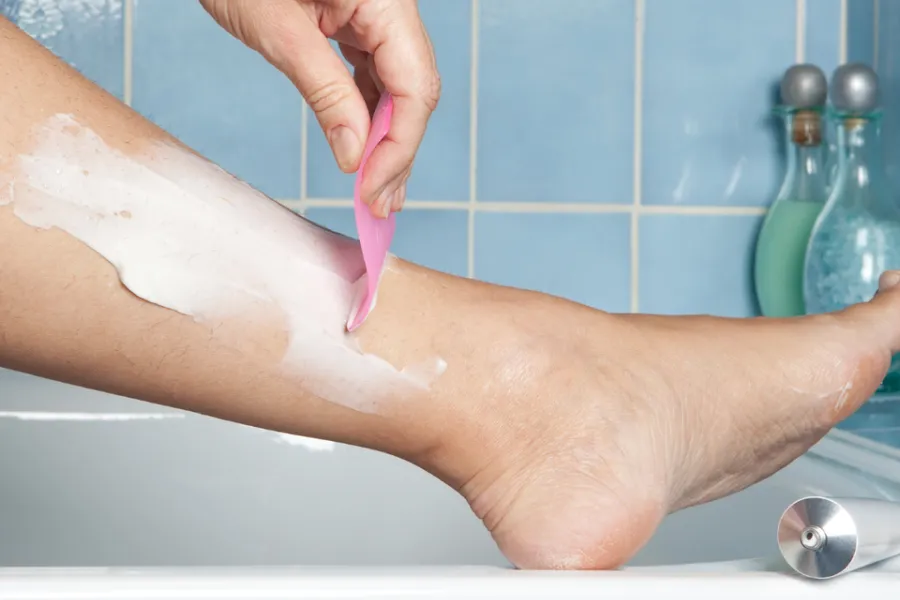
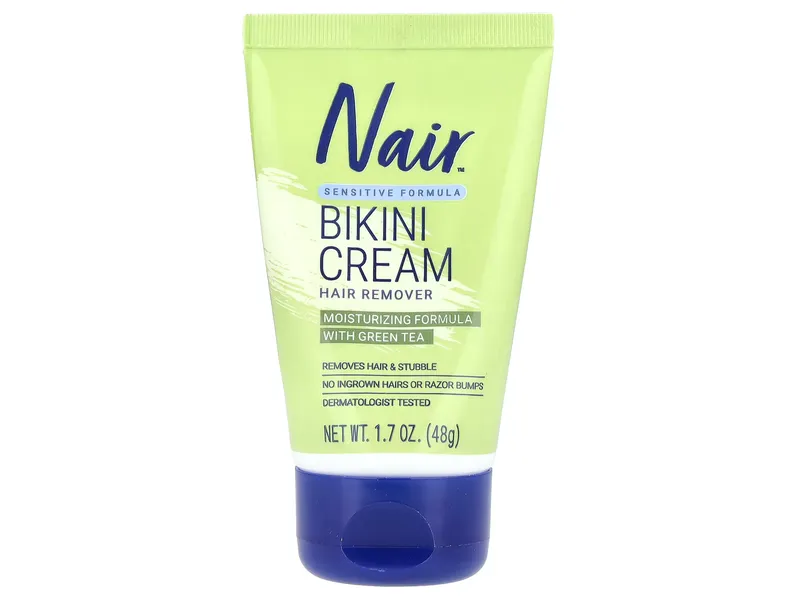
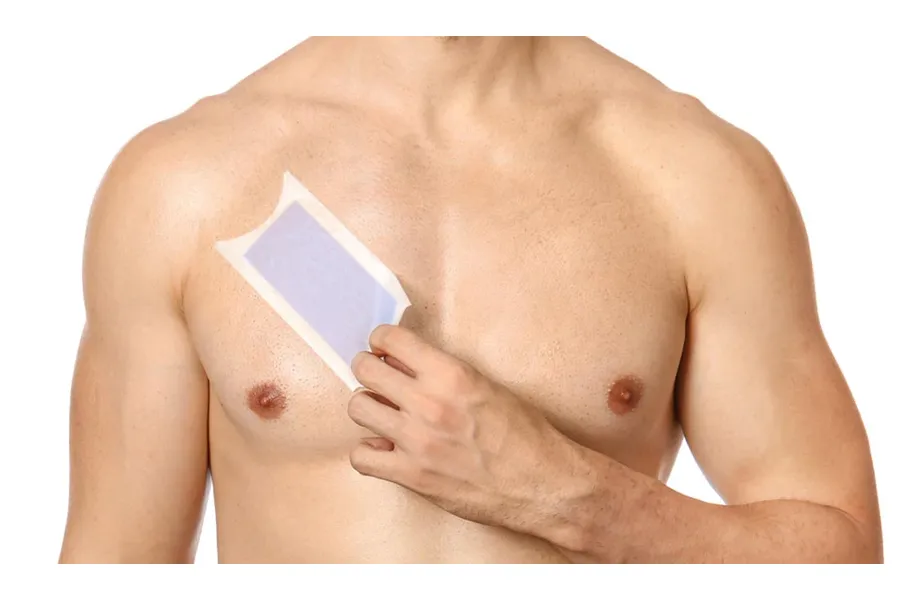

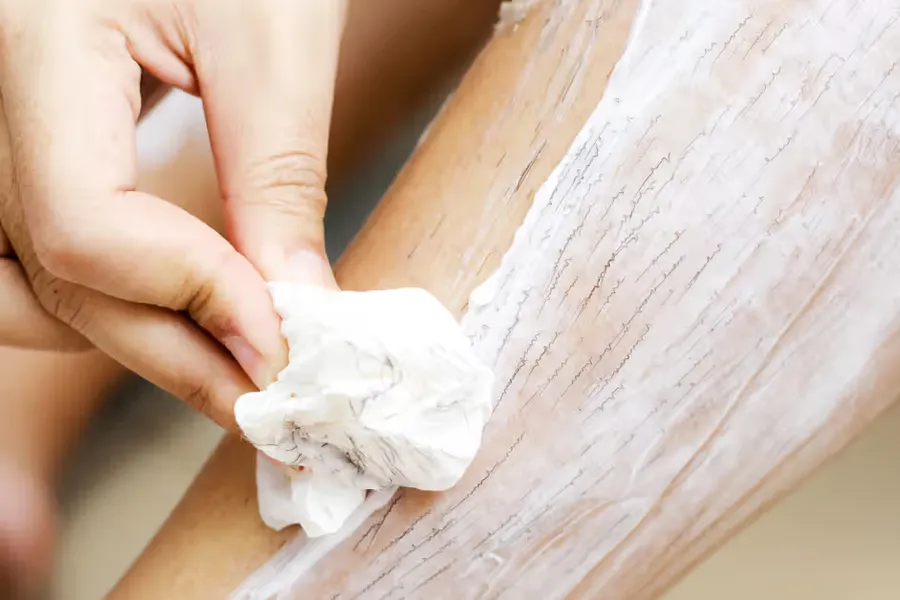
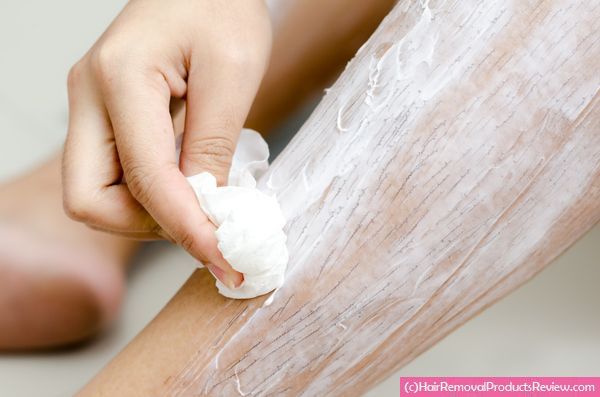

Great article! I always struggled with where it’s safe to use these creams. I had no idea that some areas could be risky. Thanks for clarifying!✨ What’s everyone’s take on patch testing? Do you all really find it necessary?
Okay, so I’m really skeptical about these creams. My friend had a bad experience. What if I’m allergic? Can I still do the patch test? I need some assurance here before I try!
I think you should definitely try it, just keep an eye on how your skin reacts in 24 hours.
Totally understandable, James. Yes, patch testing is essential, especially if you’re prone to allergies!
So glad I found this! I was actually wondering if I could use depilatory cream on my armpits. This info is super helpful! Do you guys think it’s as effective as shaving?
Thanks for your comment, Jessica! Armpits are generally safe, but definitely do a patch test first!